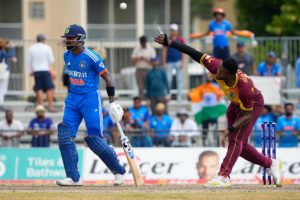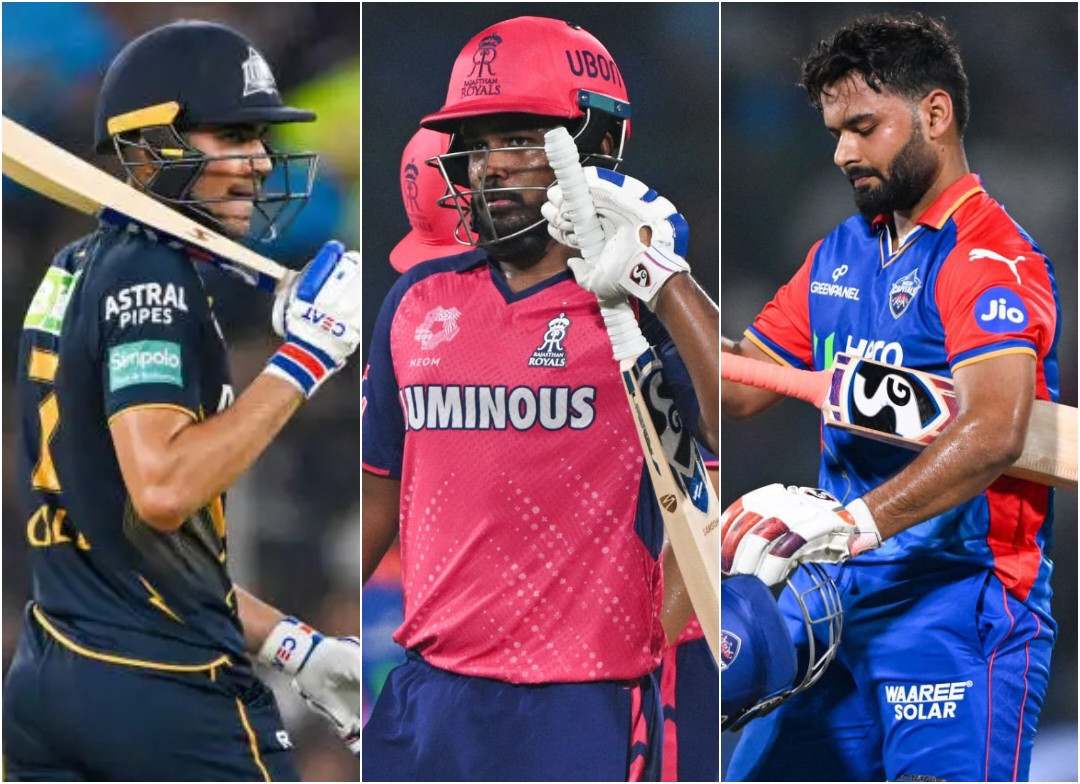The Dilemma of Indian Batters in the IPL: A Perspective
The Indian Premier League (IPL) has undeniably transformed cricket, not only in India but also globally. It has become a breeding ground for young Indian batters, a showcase of international stars, and a platform for exhilarating cricketing action.
However, amidst all the glitz and glamour, a pertinent question arises: Are Indian batters struggling to adapt to challenging conditions?
Over the years, we have witnessed Indian batsmen flourish on flat tracks, displaying exquisite strokeplay and accumulating runs with remarkable ease. But when faced with challenging wickets or testing conditions, some of them seem to falter.
Take, for instance, the match-up between Chennai Super Kings and Rajasthan Royals. Players like Sanju Samson, Ruturaj Gaikwad, and Yashasvi Jaiswal have often found themselves grappling with the demands of playing on surfaces that offer assistance to bowlers.
This trend is not confined to a single encounter but has been observed repeatedly throughout the IPL. While certain venues like Eden Gardens or Feroz Shah Kotla seem tailor-made for aggressive strokeplay, Indian batsmen often struggle on pitches where the ball grips and turns or seams around unpredictably.
The upcoming T20 World Cup in the Caribbean adds another dimension to this discussion. With matches scheduled to be played in different venues across the West Indies, Indian batters might face unfamiliar challenges.
Every team boasts a quality spin attack, and the pitches are expected to offer assistance to bowlers. In such conditions, the ability to adapt becomes crucial.
It’s worth noting that nearly every team in the T20 World Cup possesses a potent spin bowling arsenal alongside a formidable pace attack. Thus, the challenge for Indian batsmen is not limited to a single opposition but extends to the entire tournament.

The essence of T20 cricket lies in its unpredictability and dynamism. Batsmen are often required to switch gears seamlessly, adapting their game according to the situation.
However, the IPL’s reputation for high-scoring encounters on batting-friendly tracks might have inadvertently shaped the approach of Indian batsmen, making them less equipped to tackle challenging conditions.
Playing on Flat Track is Different than Playing on Challenging Wicket
Playing on a flat track requires a different mindset compared to negotiating a turning or seaming wicket. While the former allows batsmen to play their shots freely, the latter demands patience, shot selection, and the ability to grind out runs.
This disparity in conditions has highlighted a potential area of concern for Indian cricket.
The success of Indian cricket in recent years has been built on adaptability and resilience across formats. While the IPL has undoubtedly contributed to the growth of Indian cricket, it also raises questions about the kind of preparation it offers for international tournaments.
Perhaps, there is a need for a more balanced approach in IPL pitches, catering to both batsmen and bowlers. Creating surfaces that challenge batsmen to adapt and evolve could better prepare them for the rigors of international cricket, where conditions vary significantly from one venue to another.
Ultimately, the T20 World Cup will serve as a litmus test for Indian batsmen, offering them an opportunity to showcase their ability to thrive in diverse conditions. It’s a chance for them to prove that they are not just flat-track bullies but adaptable cricketers capable of succeeding in any environment.
Only time will tell whether the IPL has been a boon or a bane for Indian batsmen, but one thing is certain: the challenges ahead will demand nothing short of their very best.

